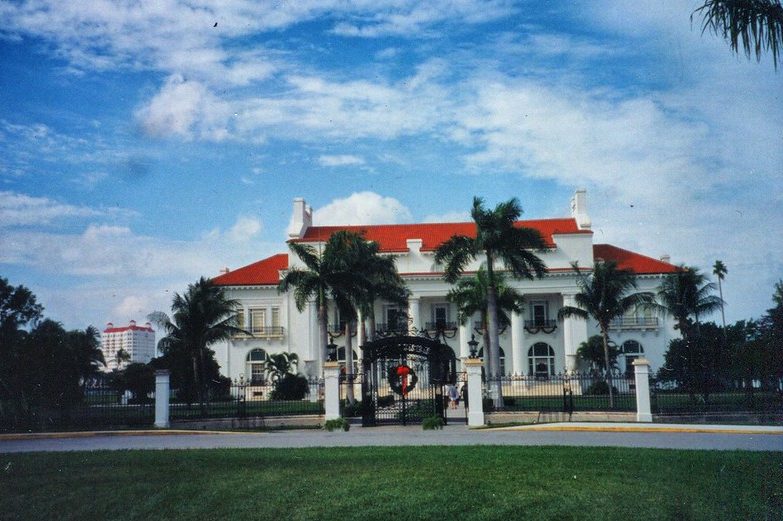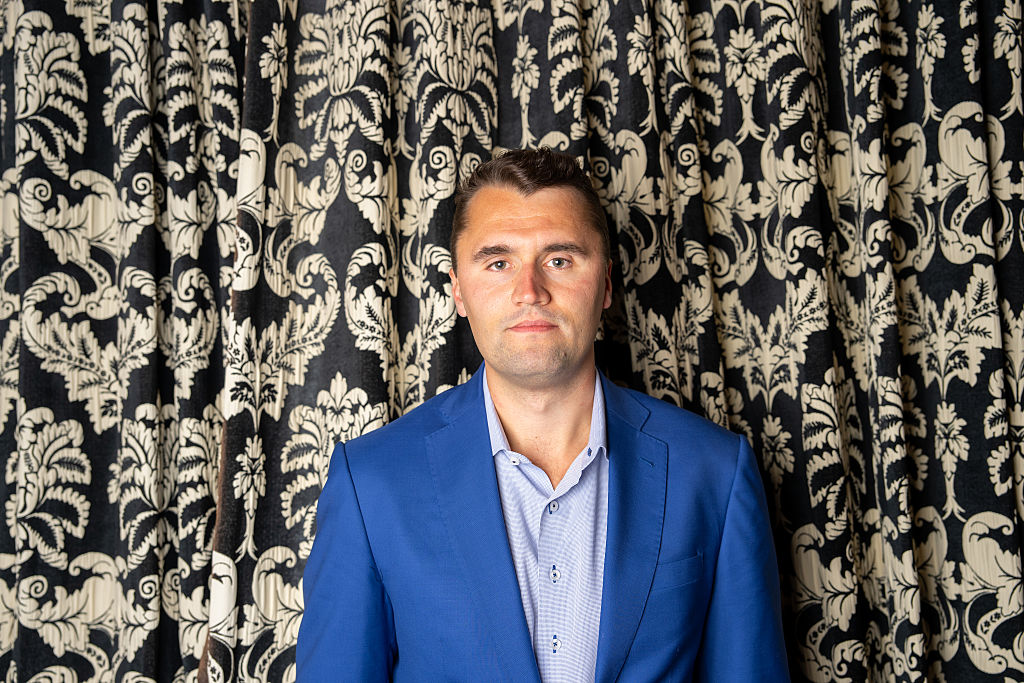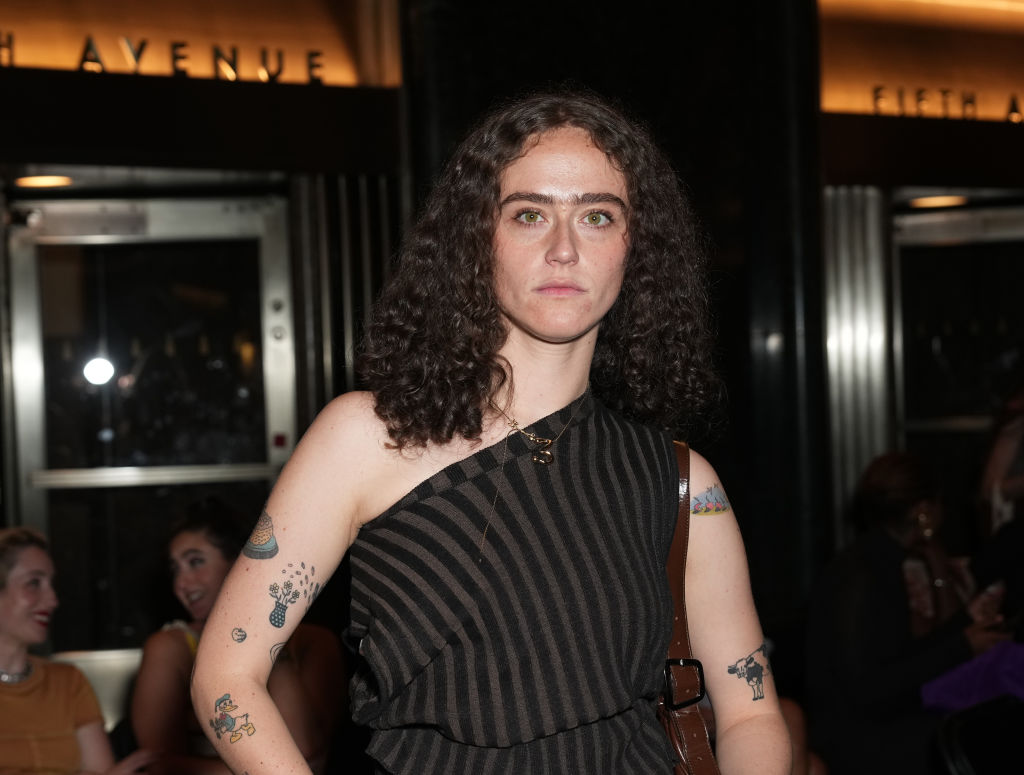For the New Yorker, touching down in Palm Beach is like visiting Taiwan from the People’s Republic of the Upper West Side. I am here for a few days. So is much of the American conservative movement. We are all fleeing to the sunny island like a government in exile.
Palm Beach is more than Mar-a-Lago and hedgerow snobbery. With a room at The Breakers now running $2,000 a night, I opt for a Vrbo at the Palm Beach Hotel. The old pile designed by Mortimer Dickinson Metcalfe in the Mediterranean Revival style in 1925 reminds me of the faded glory of the Grand Budapest Hotel in its Sovietized incarnation. The exterminator is a regular presence, but the price is right, and I like the overgrown pool deck. I watch a banana blossom shed its petals in the deep end as I read copy for the next issue of the New Criterion. For dinner I join friends by the fountain at Café Boulud, some fifty feet from their room at the Brazilian Court, the Sicilian castle designed by Rosario Candela in 1926. The air is wet with tropical fruit and old money. We admire the pecky cypress boards decorating the building like lace.
Back in the big city, just before my trip, I stumbled through the Columbus Circle subway station. A Putin apologist, a LaRouchite no less, then shoved a pro-Putin petition in front of me: “Will Carnegie Hall Denounce Nazism in Ukraine?” I lined up in the freezing cold on desolate 57th Street — Billionaires’ Row — for the check of my booster status. “How about your third shot?” the interrogator asked me, as I fumbled for my identification and medical papers. I felt like those huddled masses on Ellis Island awaiting the buttonhook to the eyelid to clear them of trachoma. As I arrived at my $250 seat to hear the Vienna Philharmonic, I convinced myself that Rimsky-Korsakov’s “Scheherazade” is worth it.
Now I am having second thoughts. It is 78 degrees and sunny and my first morning on the island. I am off to an “Ideas Summit” organized by the Manhattan Institute at the Colony Hotel. A colony of New Yorkers is more like it. I spot MI president Reihan Salam wheeling in his suitcase. “I’m a New York bitter-ender,” the Brooklynite tells me. “What do you need to do to get a crowd down here?” quips MI chairman Paul Singer. “Raise taxes in New York City.”
MI has brought down the heavyweights for its two panel discussions. For “Understanding America’s Cultural Revolution,” Heather Mac Donald rails against an obsession over structural racism in the museums: “There has not been a single institution that has pushed back against the lie. Even still lifes are coming under attack. They are still lifes, you idiots!”
Christofer Rufo, the David to the Critical Race Theory Goliath, says that Fortune 500 companies are repeating the same mantra: “A series of euphemisms to bully you into submission.”
Douglas Murray then suggests that “America is a projection device. You have to fight over every detail,” or else, “the rest of the world suffers for it.”
“We are headed to civilizational self-cancellation,” Heather concludes.
For a panel on “The Panic Pandemic,” John Tierney suggests that, “Using public health to grow government power and tell people what to do is a terrible precedent. It’s the left’s ‘long march through the institutions.’”
Dr. Joseph A. Lapado, Florida state surgeon general, agrees that it’s been wrong to ride out a pandemic on the lives of the young. At just that moment, I get a message from my daughter’s school that its mask mandate is ending. For the past year I have been insinuating that when her generation rises up to slaughter its elders, she should know that I was against all this. “Burn it,” I text her with a picture of a mask.
That evening, my colleagues and I gather for a cocktail reception at the home of friends. It is Fat Tuesday. A pianist starts playing some Rodgers and Hammerstein. I launch into my rendition of “Oklahoma.” Another singer joins me for some Cole Porter before I realize these are both professionals brought in for the evening and that this is not a group singalong. After the party and a casual dinner, we try to tune in to the State of the Union address. The horrific specter of war hangs over our entire visit, but Ukraine has already become the new superficial virtue signal of the Establishment, which will surely only hurt the cause of Ukraine. We lose our steam just as Joe Biden’s vitamin injections run low. Roger Kimball quotes that famous line from The Leopard, the great conservative novel by Giuseppe Tomasi di Lampedusa: “If we want things to stay as they are, things will have to change.”
The next morning, I walk out to the beach only to be blown inland by a sudden squall. It is Ash Wednesday, and Palm Beach is clearly not as anti-Catholic as it was once thought to be. At the intersection of Sunset Avenue and North County Road, I walk by St. Edward, the elegant 1926 church designed in the Spanish Renaissance style. Edward is one of the patron saints of difficult marriages. As the light changes, I spot a Mercedes with a license plate that says DON. I am reminded of the deposed ruler at the far end of the island. Will he run? Should he run? Will DeSantis run? A vote for “moving on” seems to be winning my straw poll, even if that means the former president should merely move on from the last election to focus on the next one.
Besides, we don’t want to give up DeSantis. Over lunch I see Karol Markowicz, Park Slope’s most famous dissident and a new Boca Raton transplant. She reflects the attitude of many Floridians who have reaped the benefits of their governor’s war with the pandemic status quo. “The moving vans only seem to be moving in one direction,” I observe. Over our lunch with media-in-exile, including David DesRosiers’s team at RealClearPolitics, we give thanks for the wisdom of federalism and the healthy competition of our states. It helps that Danielle Moore, the mayor of Palm Beach, is as cool as a Florida cucumber. I joined Dani for dinner and she tells me about her pet pig.
With what time remains, I take in the galleries on Worth Avenue and get a tour of the upstairs of Findlay, which had the foresight to settle here sixty years ago. I then head over to the Henry Morrison Flagler Museum. Whitehall, designed by Carrère and Hastings in 1902, is one of the most lavish extant mansions of the Gilded Age. This splendid house museum of the industrialist, railroad tycoon and hotelier speaks to the Gilded origins of Palm. Whitehall also serves as the genius loci of this golden island, where the gilding has never tarnished and the sun has never set.
New York is lucky that I like the cold.

























